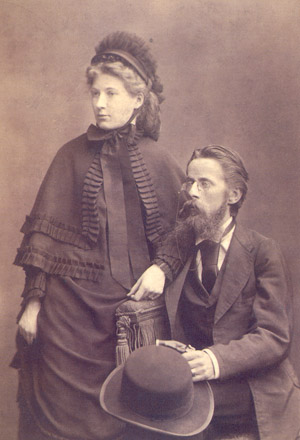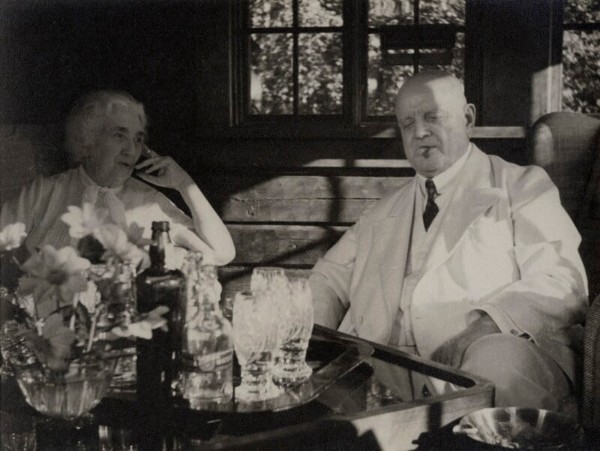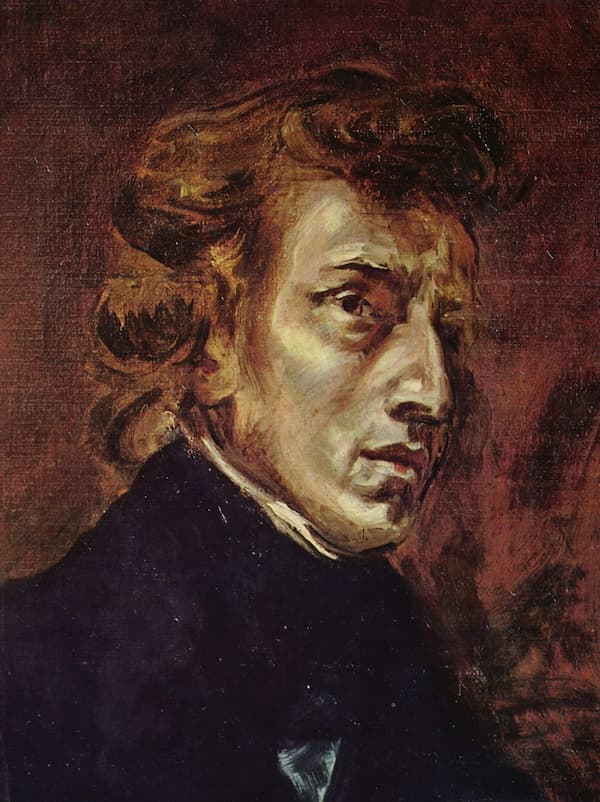Uruguayan-American composer Miguel del Águila (b. 1957) was commissioned by Buffalo Philharmonic principal cellist Roman Mekinulov for a cello concerto. Specifically a ‘concerto in tango form that would explore the less classical sound and technique of the cello’. Mr. Águila agreed because he thought that the sound of the cello was equal to the ‘intensity and expressivity of a tango singer’ and would be an ideal medium.
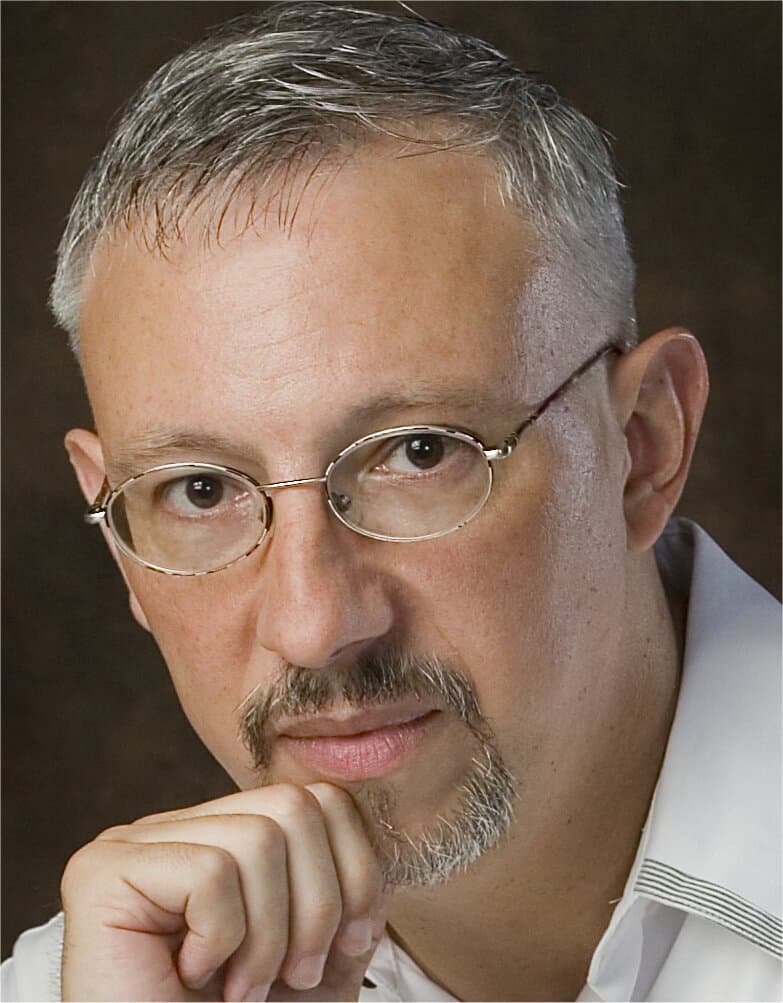
Miguel del Águila
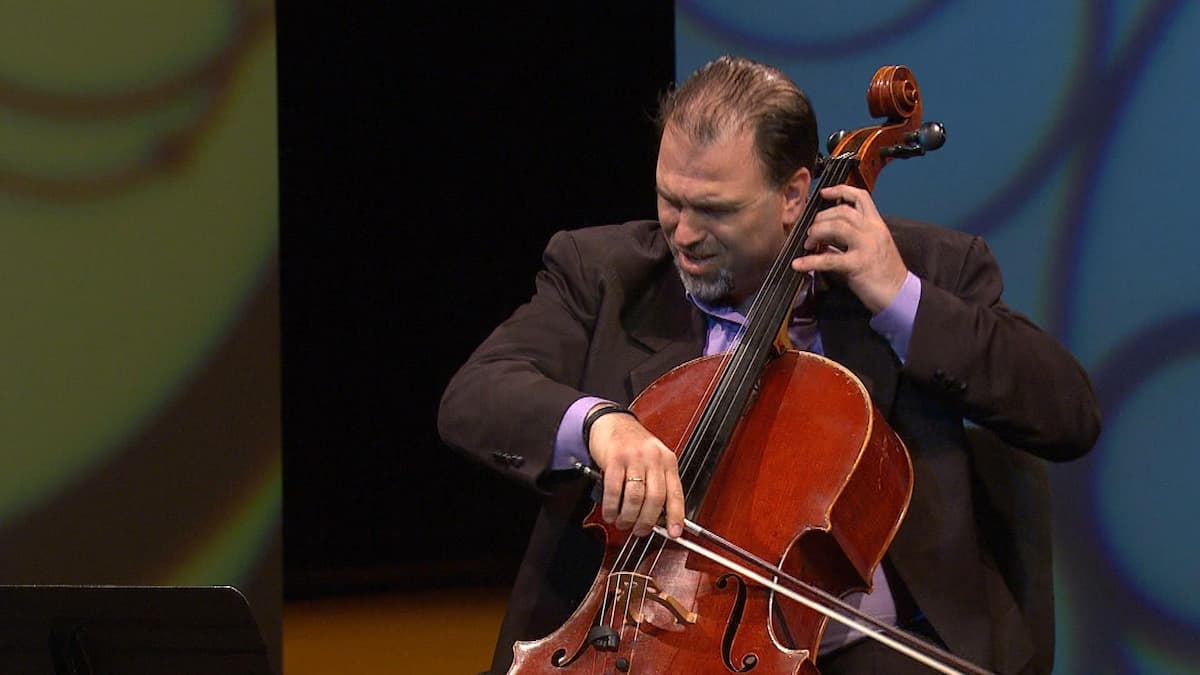
Roman Mekinulov
Mr. Águila wanted to take the tango out of the stereotype of the 1920s Valentino films and even of the modern tangos of Piazzolla and return it to what he was familiar with from Montevideo or Buenos Aires in the 1950s, i.e., the dancing of family gatherings and of happy and prosperous times.
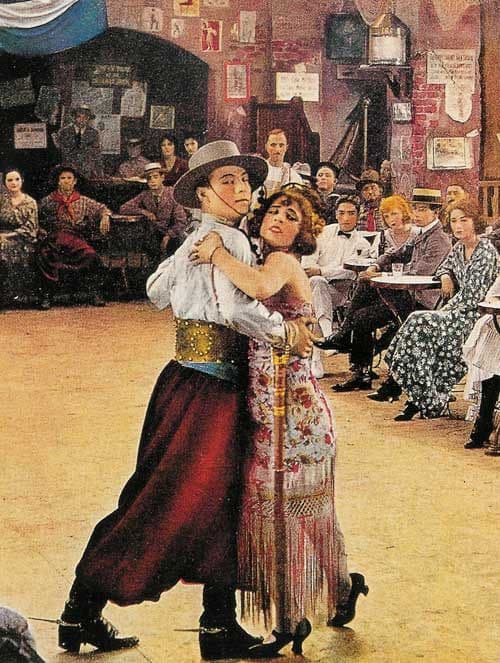
Valentino doing the tango with Beatrice Domingues in The Four Horsemen of the Apocalypse, 1921
These times vanished in the 1970s when economic collapse paired with the following military dictatorships destroyed the happy society.
He included tangos from all kinds of time periods: the 19th-century Spanish Tango-Habenera, the Brazilian Tango/Maxixe, and early Milongas, which still carried strong African influences in their rhythmic syncopations and fast beats. But Concerto en Tango is a 21st century composition and so transcends these early influences – Águila makes abstracts of those rhythms and creates something that is very much of his own style.
The harmonies are simple: major and minor with extensions to 7th and 9th chordal harmonies, avoiding the ‘overly romantic’ and dramatic style of modern cello concertos.
Overall, the work has an A-B-A structure where the middle slow section exposes the expressive voice of the cello, in contrast to the outer A sections that require rhythmic precision, control of the bow, and accuracy of intonation even in the highest pitches of the instrument. Águila notes that there are extensive sections (up to 100 bars in places!) where each bar has a different time signature, most often moving between 7/16 + 9/16 + 11/16 + 5/16. He often cuts down the orchestra in these sections to a small quintet of soloists comprised of a cello, violin, double bass, piano, and conga drums.
Miguel del Águila: Concierto en Tango, Op. 110 (Roman Mekinulov, cello; Buffalo Philharmonic Orchestra; JoAnn Falletta, cond.)
A concerto like this is rare but is a welcome addition to the standard concerto repertoire. We have cello concertos starting with Vivaldi, C.P.E.Bach, Haydn, and Boccherini, but they were relatively rare compared with piano or violin concertos. It was only in the 20th century that the cello concerto (as by Elgar, Prokofiev, Barber, and Hindemith) became more common. Águila now moves the cello concerto out of the solely classical world and places it in a larger international context: a tango concerto should only be the start of a new cello repertoire.
For more of the best in classical music, sign up for our E-Newsletter

